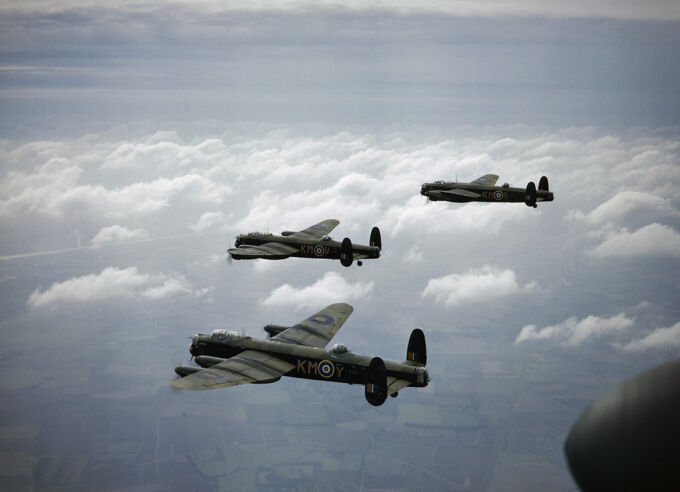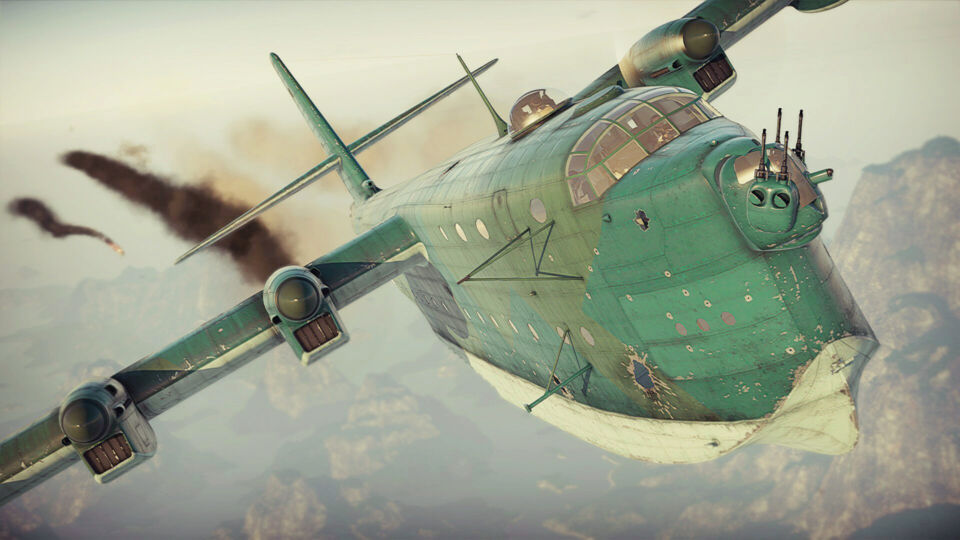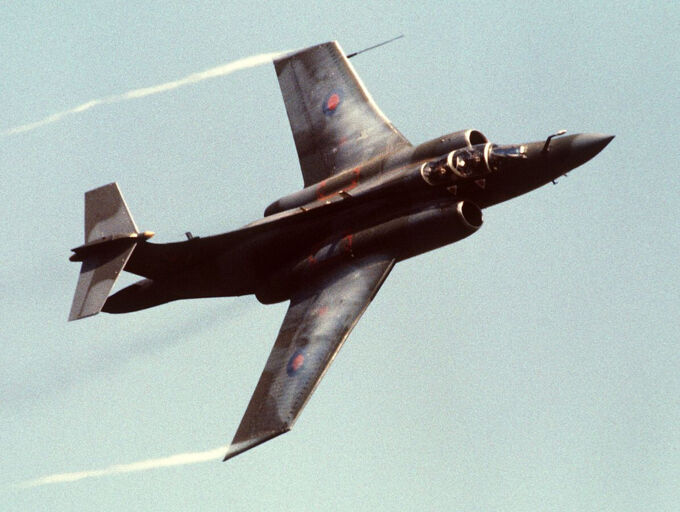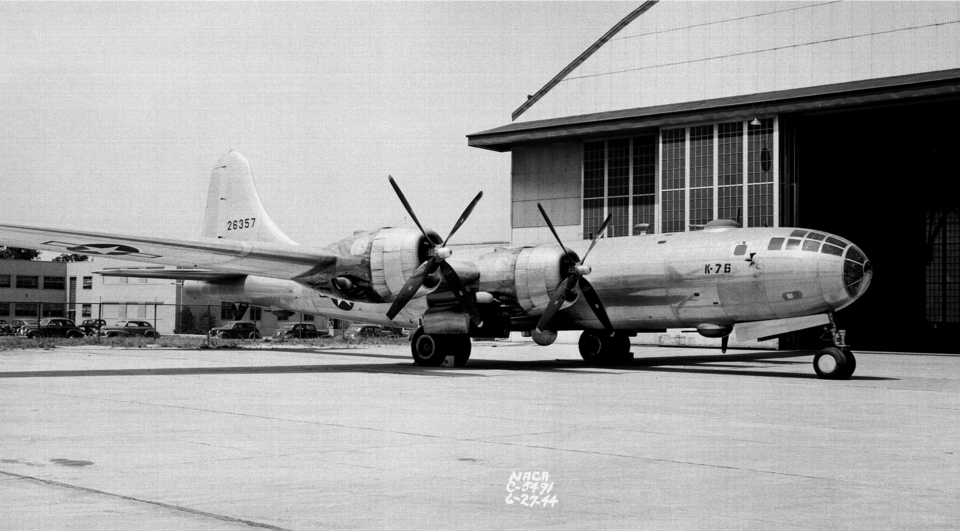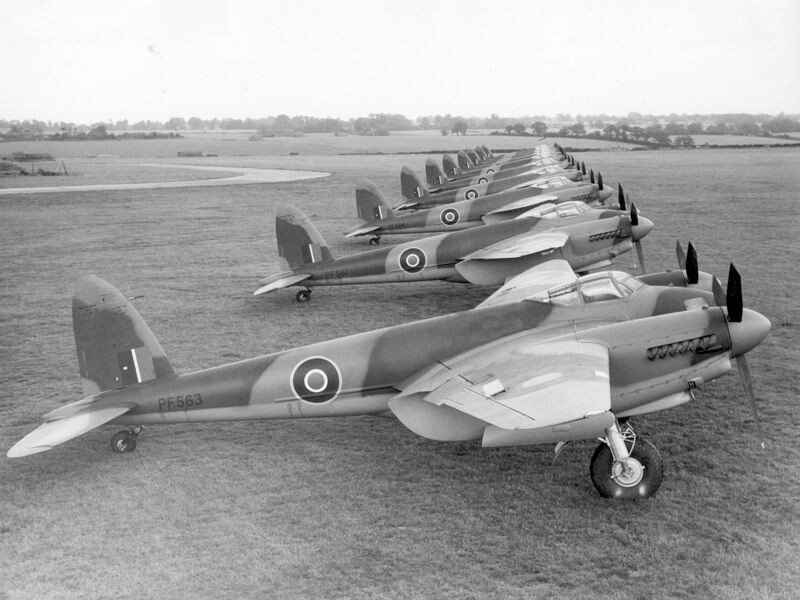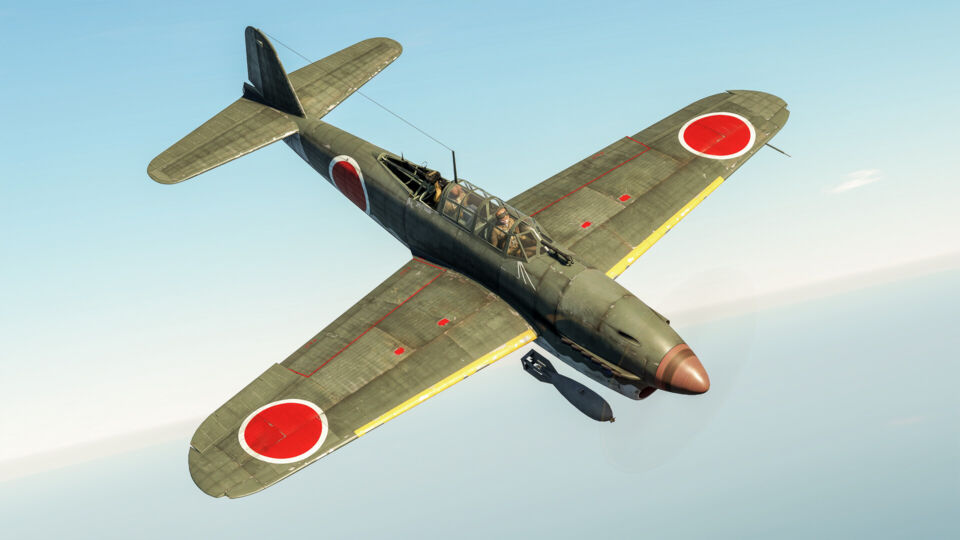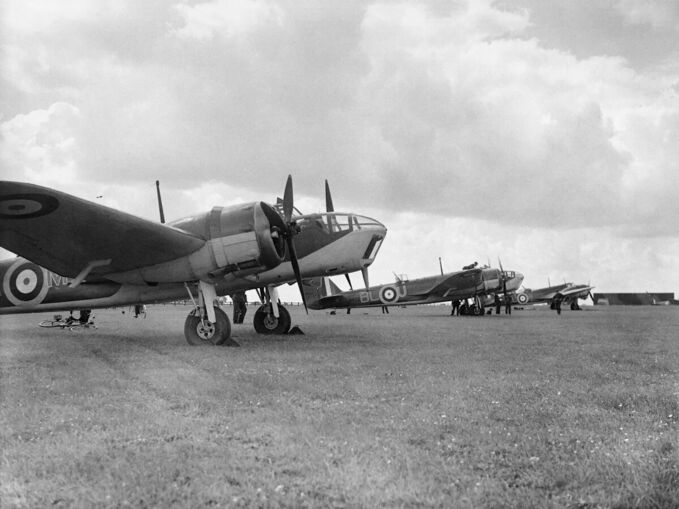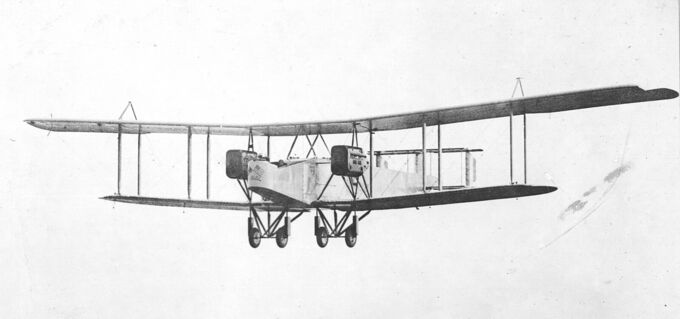#bombers
If someone mentions bomber aircraft, chances are a lot of people — particularly Britons — will immediately think of the Lancaster. It was so ubiquitous and performed so many unique and famous actions, that it will always be remembered as one of the most successful bomber designs of the Second World War.
The BV 238 is known for a number of things. It is the largest plane in WT for one, is a human fireworks display, and is very fun to use. Even though it is a meme, it is slow, turns and handles like a stuck pig, and is the XP-50's favorite lunchtime snack. So how is it played?
The Blackburn Buccaneer was a British carrier-borne, high-speed, low-level strike aircraft, designed by Blackburn Aircraft in the 1950s for the Royal Navy in response to the USSR’s Sverdlov-class ships. 209 planes and 2 prototypes were ever created.
The Boeing B-29 Superfortress was a revolutionary aircraft that redefined bomber aircraft and engineering during World War II. Designed as a long-range heavy bomber, it became synonymous with strategic bombing campaigns in the Pacific Theater, including the historic missions over Hiroshima and Nagasaki. With its advanced pressurized cabin, remote-controlled turrets, and ability to reach unimaginable altitudes and distances, the B-29 represented the peak of wartime aviation technology.
The story of the Mosquito begins with the founding of Geoffrey de Havilland’s aircraft company which bore his namesake, de Havilland. Around 1908, de Havilland designed his first aeronautical engine, which he then used to power his first aircraft — a small biplane. In 1920, when the aircraft company he worked for — Airco — shut down, he was able to create his own company, de Havilland Aircraft Company Limited, more commonly known as de Havilland.
The Yokosuka D4Y Suisei (彗星, “Comet”), called “Judy” by the Allies, are a collection of three Rank II light bomber aircraft that can be found in the Japanese air tree. While called bombers in the game description, these planes play more like heavy strike fighters, due to their great speed and agility.
The Vickers Wellington is a medium bomber found in the early stages of the British techtree. There is also a captured variant, the Wellington Mk Ic, found in the German tech tree as a premium. The Wellie was easily identified by its state-of-the-art geodetic airframe, which was not seen on anything other than airships at the time. These airplanes can hold thousands of pound of bombs, as well as torpedoes.
The Martin B-26B “Marauder” is a rank III medium bomber in the US tech tree. While sometimes an unforgiving aircraft to fly, the B-26 is known for its speed and impressive bombing capabilities. During the Second World War, the B-26 was used from 1941 in the Pacific, Mediterranean, and Northwest Europe theaters, right up to the end of the war. Its pilots dubbed it “The Widowmaker” because of its high stall speed and vulnerability to AAA fire. The B-26B was introduced in 1942 with a longer wingspan to improve high altitude performance.
The Handley Page Type O was a British heavy bomber developed during the First World War and one of the first aircraft designed specifically for long-range strategic bombing. Built to meet the Royal Navy’s need for a large bomber capable of reaching targets deep inside enemy territory, the Type O was one of the largest aircraft in the world when built and laid the groundwork for the future of bomber design.
